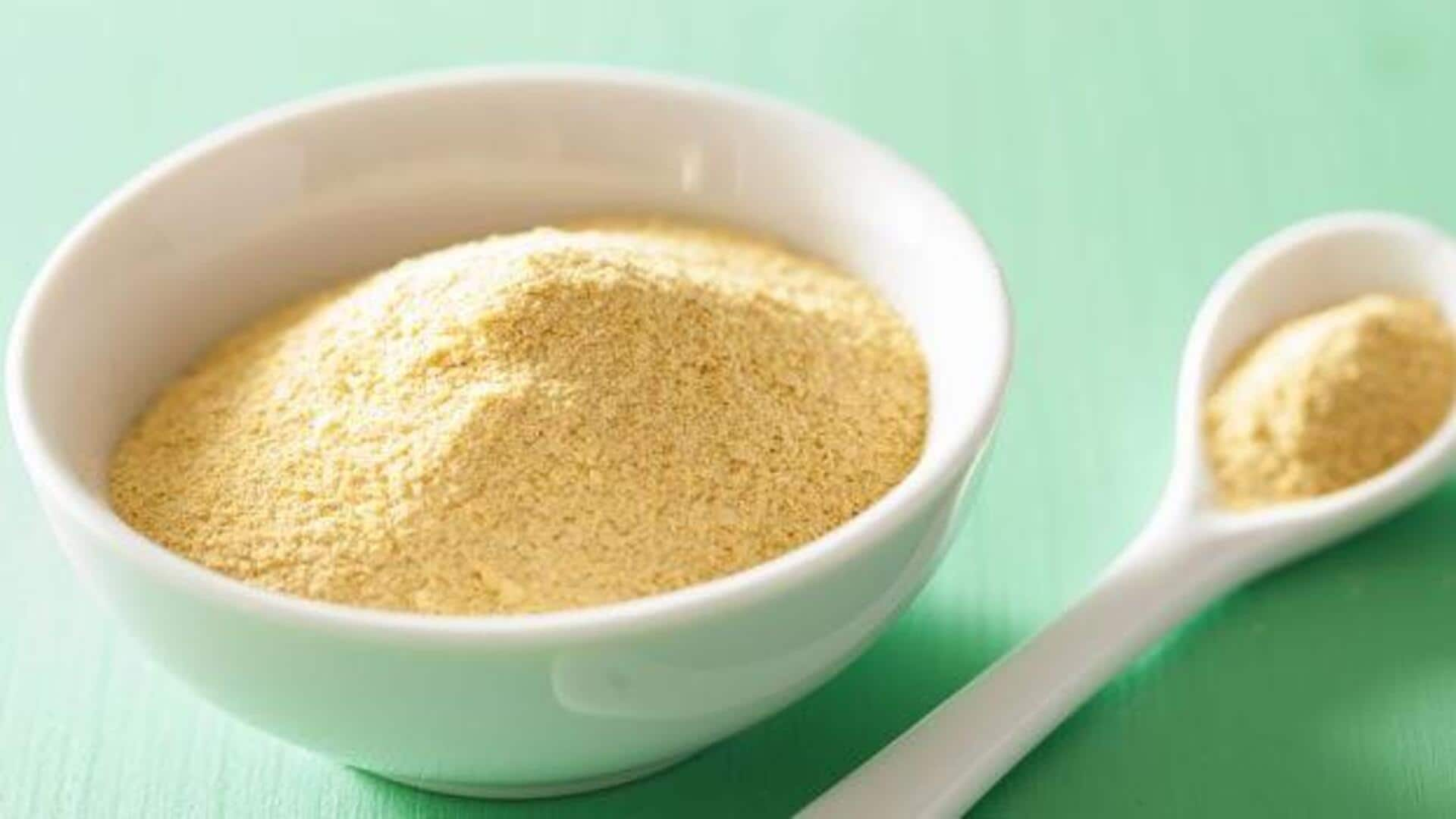
From ancient loaves to modern bakes: The story of yeast
What's the story
Yeast, a single-celled organism, has been the star of human culinary history.
Since ancient times, it has been an integral part of fermentation processes, converting simple ingredients into complex flavors.
Today, yeast is the soul of bread-making, giving the rise and texture to modern loaves.
Knowing its journey from ancient fermenter to the soul of bread gives us an insight into both historical practices and modern baking techniques.
Ancient roots
Yeast's historical journey
Yeast has been around for thousands of years, dating back to when early civilizations discovered its fermenting powers.
Ancient Egyptians and Mesopotamians used yeast for brewing and baking. This natural leavening agent was harnessed from wild sources like fruits and grains.
Its ability to transform dough into airy bread marked a significant advancement in food preparation.
Biological process
The science behind yeast
Yeast works on a fermentation process, where it ferments sugars in the dough into carbon dioxide.
This biochemical reaction expands the dough by trapping gas bubbles in it, resulting in the bread's rise.
Saccharomyces cerevisiae, the most prevalent yeast species in use for baking, is preferred for its quick production of carbon dioxide, making it a must-have for quick bread-making today.
Industrial advancements
Modern baking techniques
With the dawn of industrialization, yeast production was greatly refined. This era yielded methods that made its cultivation possible on a grand scale.
It introduced commercially produced yeast, which ensures uniformity in baking outcomes.
Today, bakers have access to varieties like instant dry yeast and active dry yeast. These forms are lauded for their convenience and reliability, never sacrificing quality for ease of use.
Practical advice
Tips for home bakers
For successful home baking with yeast, make sure your water temperature is between 95 degrees Fahrenheit (35 degrees Celsius) and 115 degrees Fahrenheit (46 degrees Celsius) for maximum activation.
Always check expiration dates on packaged yeast, as freshness affects performance a lot.
Play around with proofing times to get the texture you want in your baked goods.